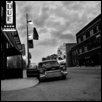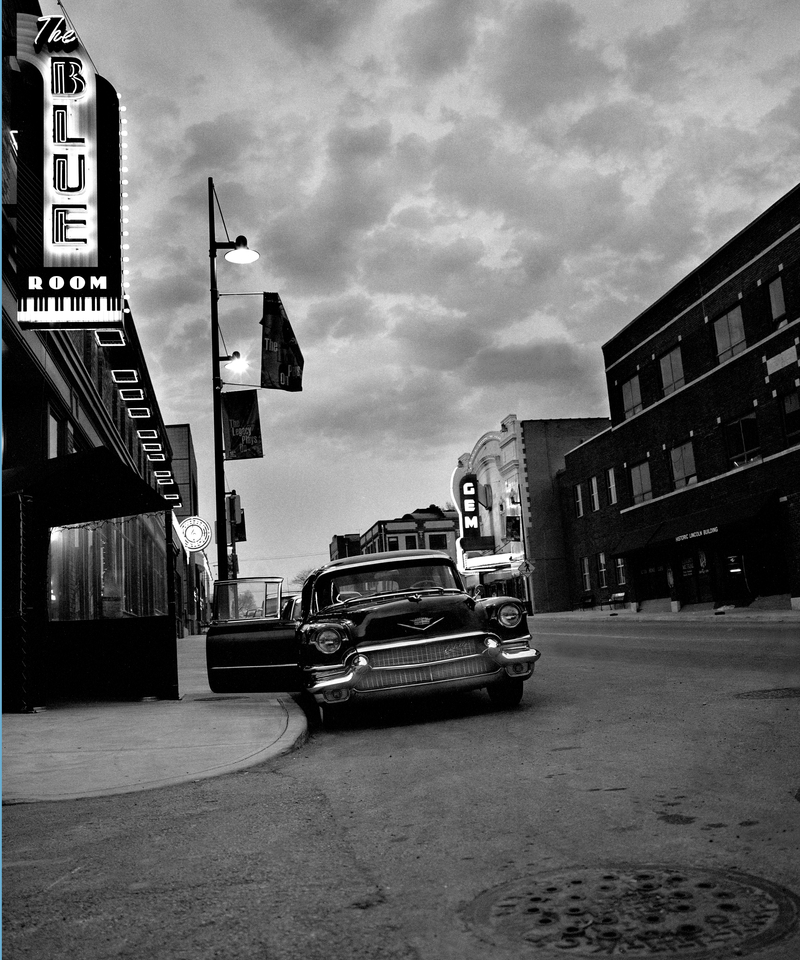Artist Profile: Michael McMullen
Michael McMullen
Leawood, KS
Bio:
Black and White Photography has been a passion and therapy of mine since my first camera and darkroom when I was 14 years old. My best photographs are the result of seizing a fortunate opportunity and many years of trial and error, working to discern technically and artistically what makes a worthwhile image. Ansel Adams said the most important equipment in the darkroom is the trash can, and that is certainly true in my case. This is a constantly evolving process ” I throw out many prints today (or decide not to take a photograph) that I would have shown in past years. I’m fortunate to have had some wonderful experience. I was photography editor and later editor of my high school yearbook (Shawnee Mission East Hauberk), and won the photojournalism contest at KU’s William Allen White School of Journalism. I was a staff photographer at the Stanford Daily, and worked one summer as an intern for UPI at Royals Stadium. I took courses at the Nikon School and in college. In 1980, I spent an afternoon with Ansel Adams and toured his darkroom; I was inspired by his vision and the work of other masters like Minor White, Edward Weston and Paul Strand. From that time on I pursued photographs of moody landscapes, historical landmarks, vintage architecture and other timeless scenes that seem to speak through black and white images. In early 2000 I began using medium format cameras, printing larger images, and using Adams’ “Zone System” to maximize tonal range and contrast control. More recently, I acquired a 4x5 view camera and built a bigger darkroom in order to print larger images. Many of my images are now in private, corporate and public collections. All of the images are the product of light, film, and traditional darkroom techniques; the entire creative process is controlled by the artist, and almost all of my prints are done by hand. The opportunity for creative craftsmanship in the darkroom is intimately connected with the artistic process and always true to the original image: nothing is substituted, deleted or staged; rather, what the camera saw can be refined in the darkroom to convey the unique textures, shapes and shadows that make the subject remarkable. I think that is the power and appeal of classic black and white images.


